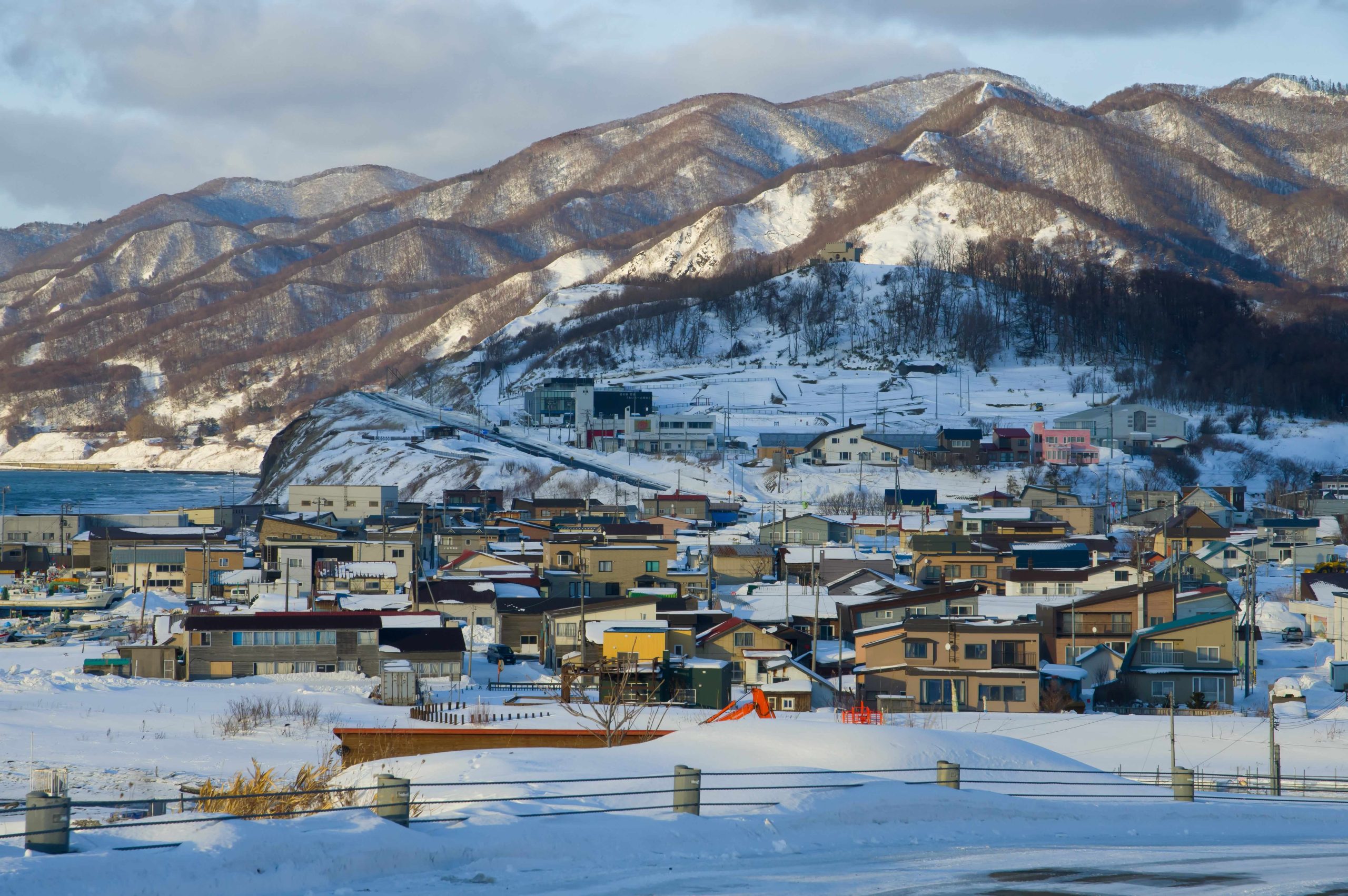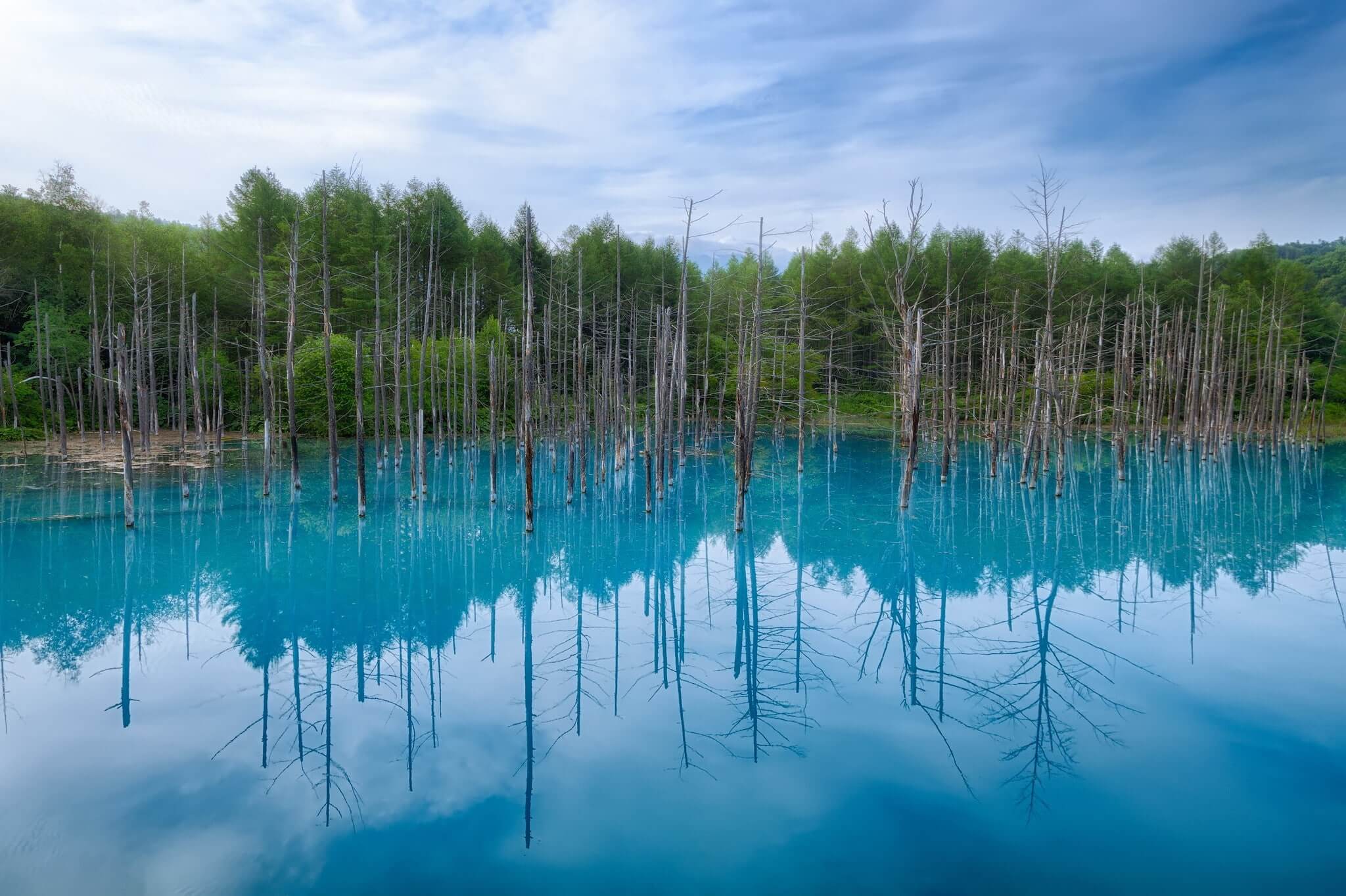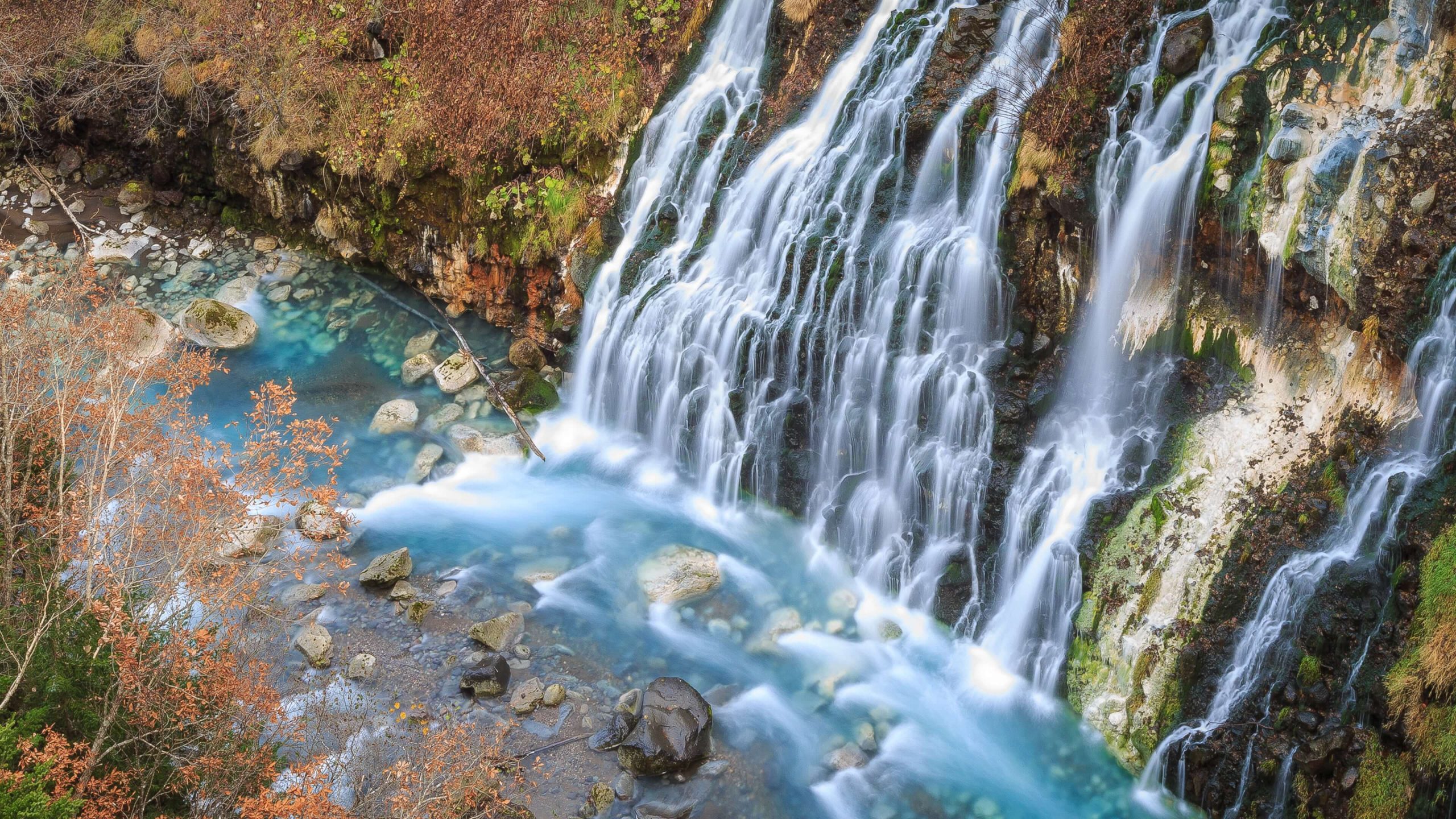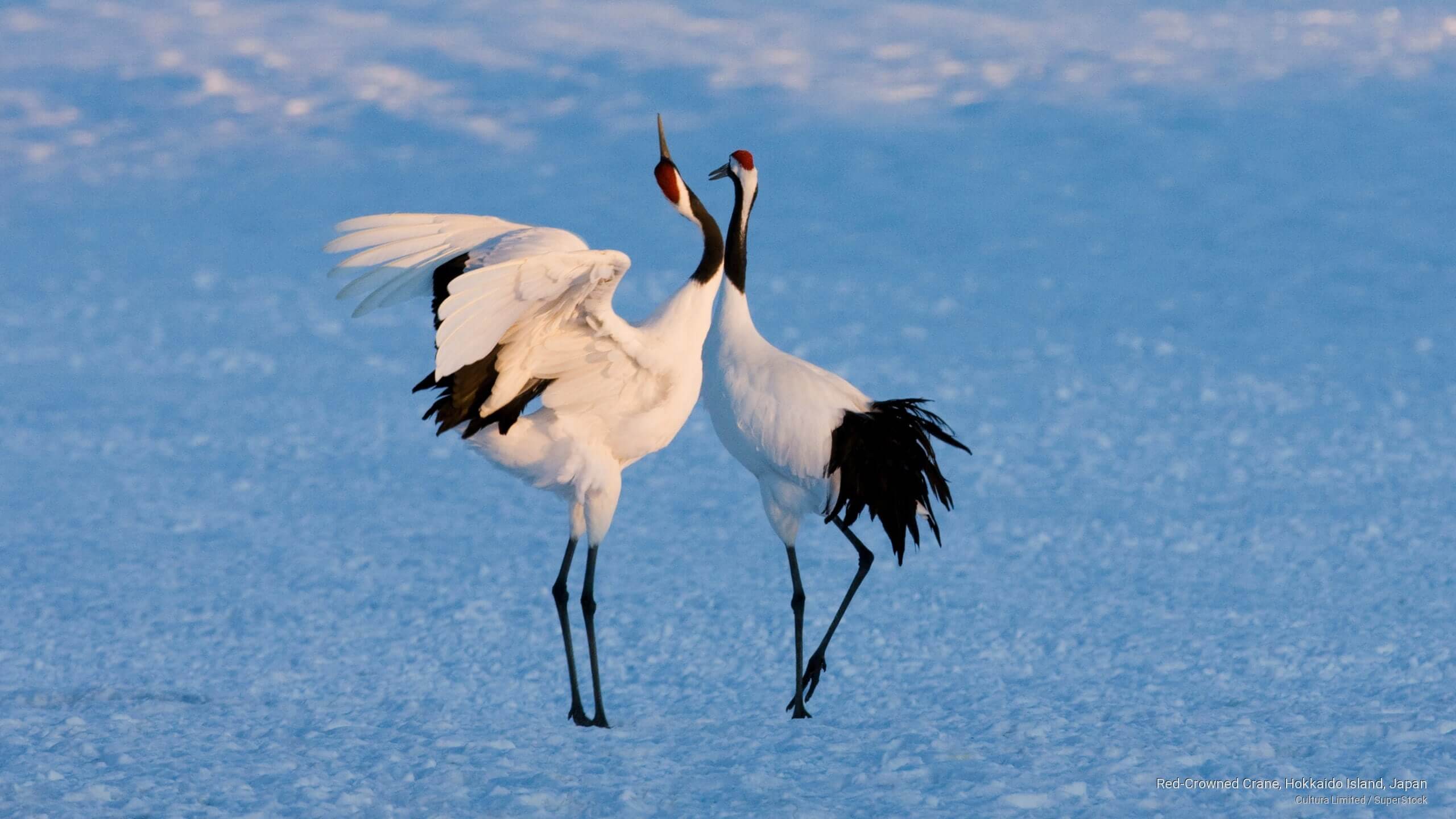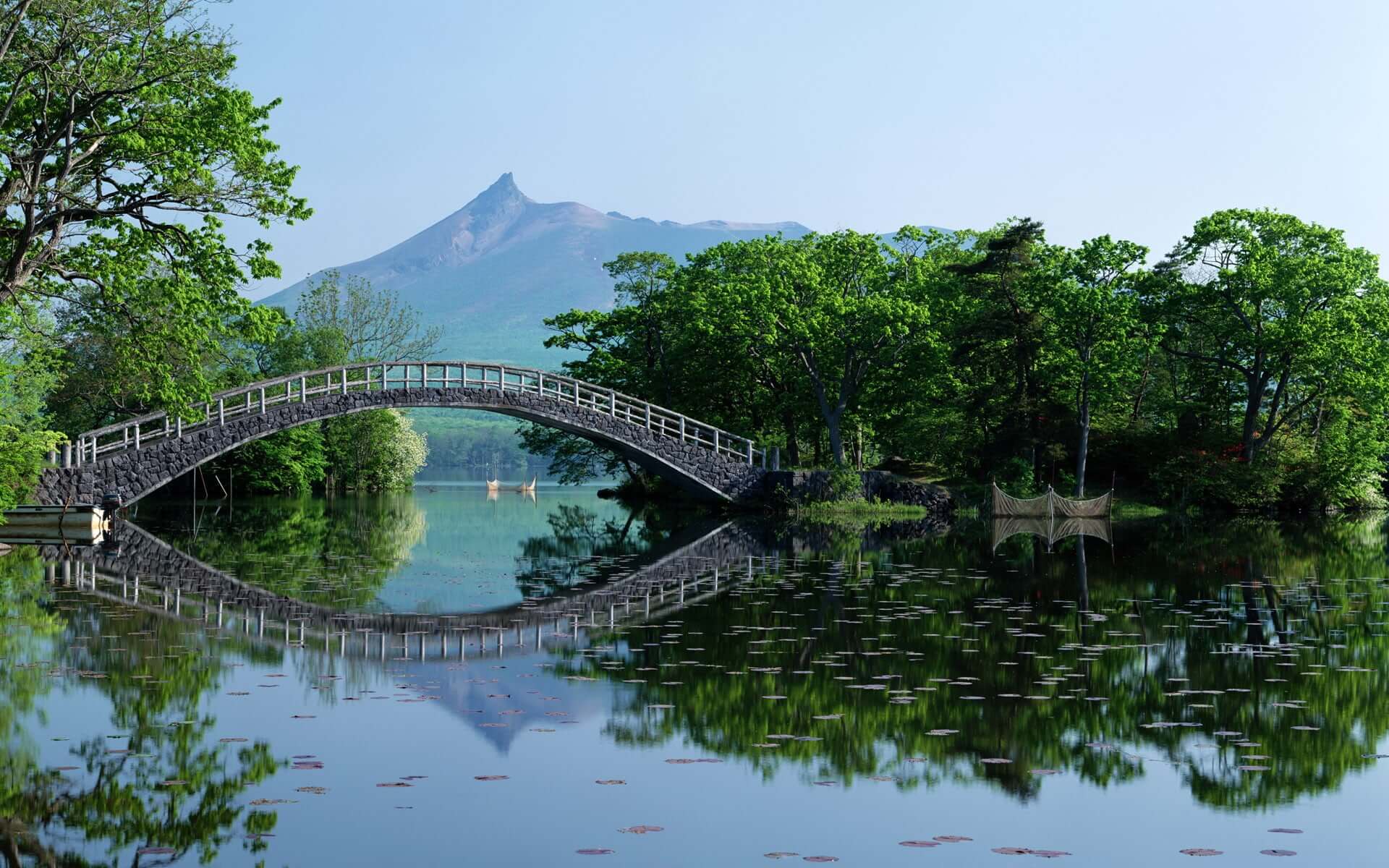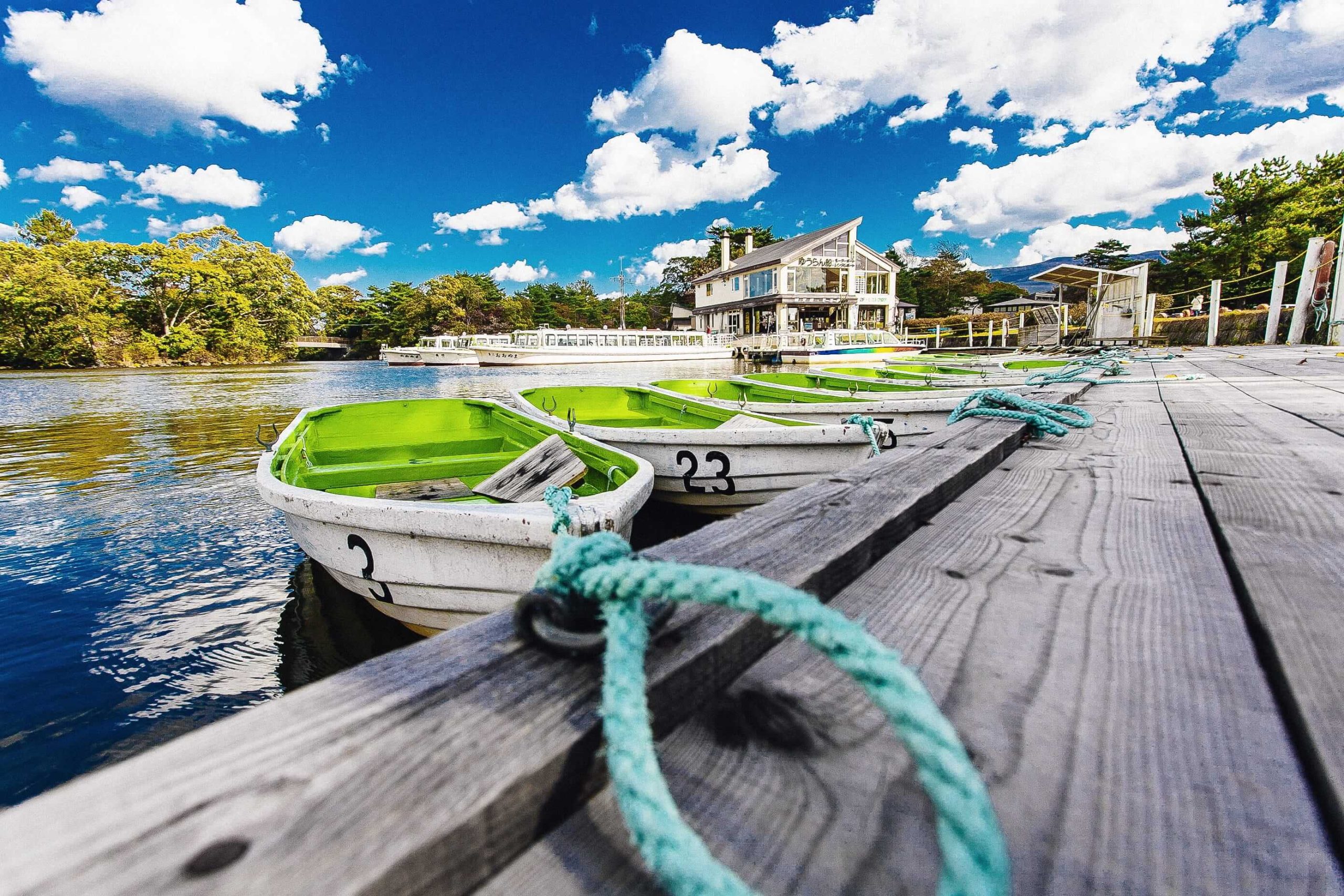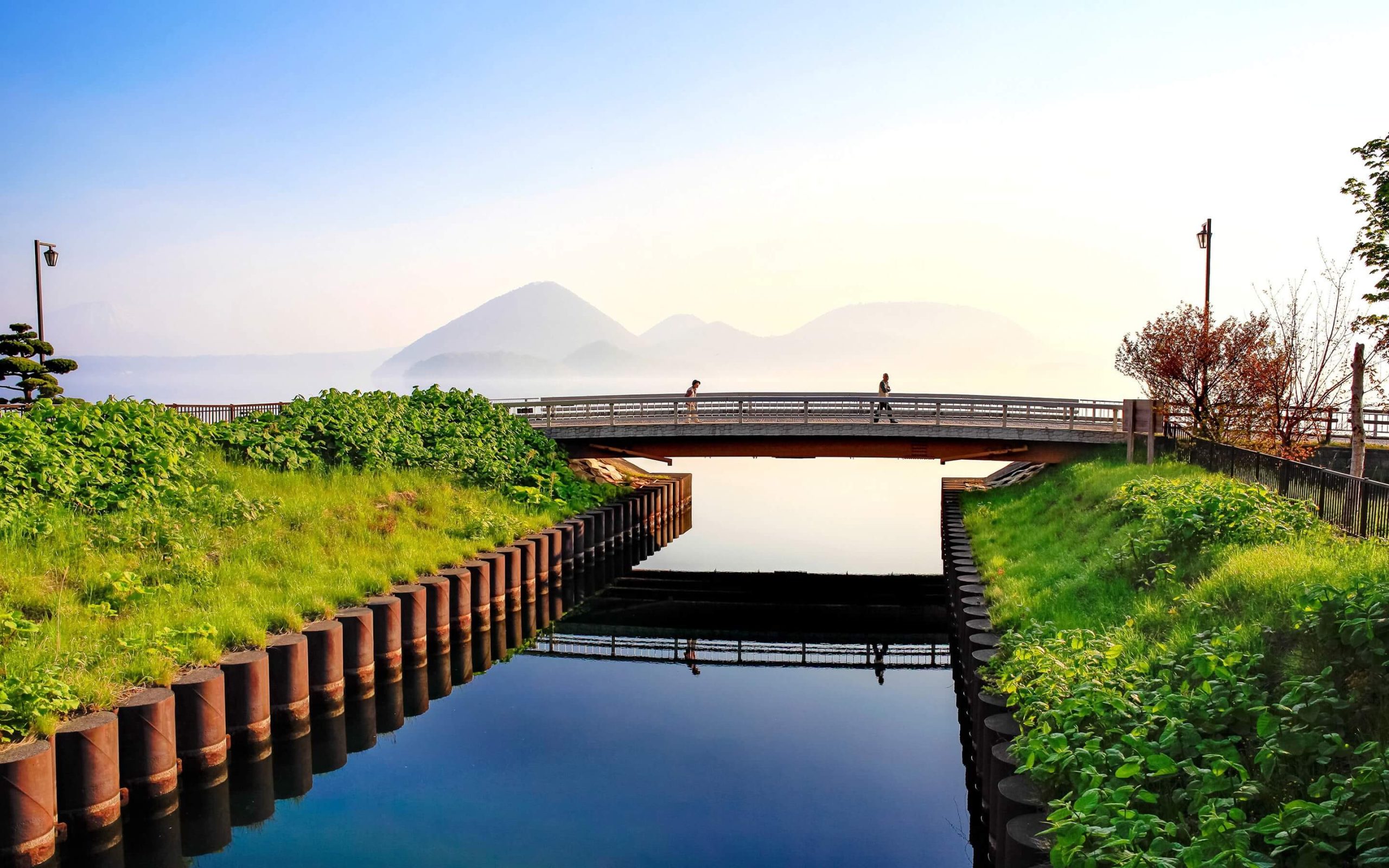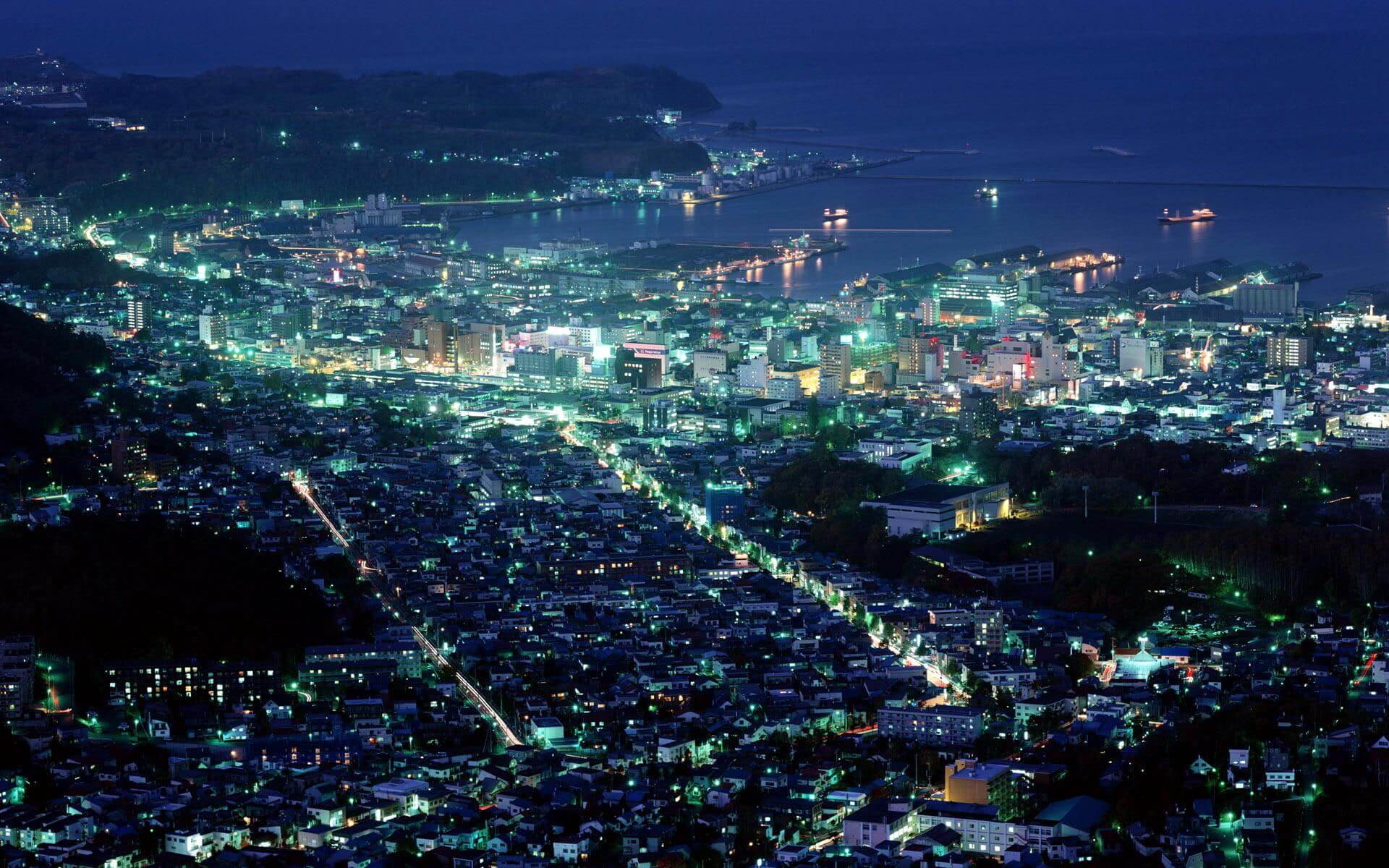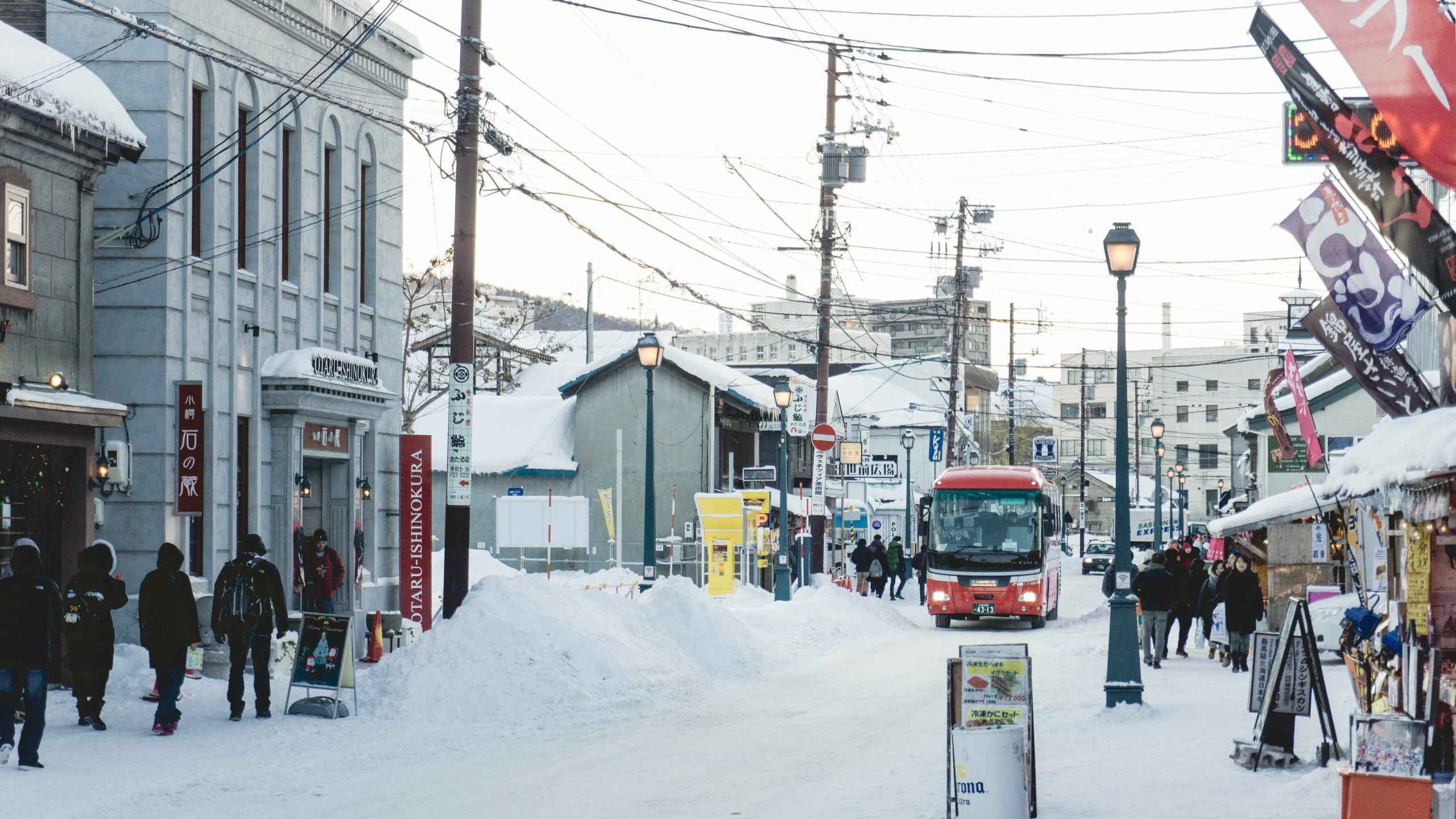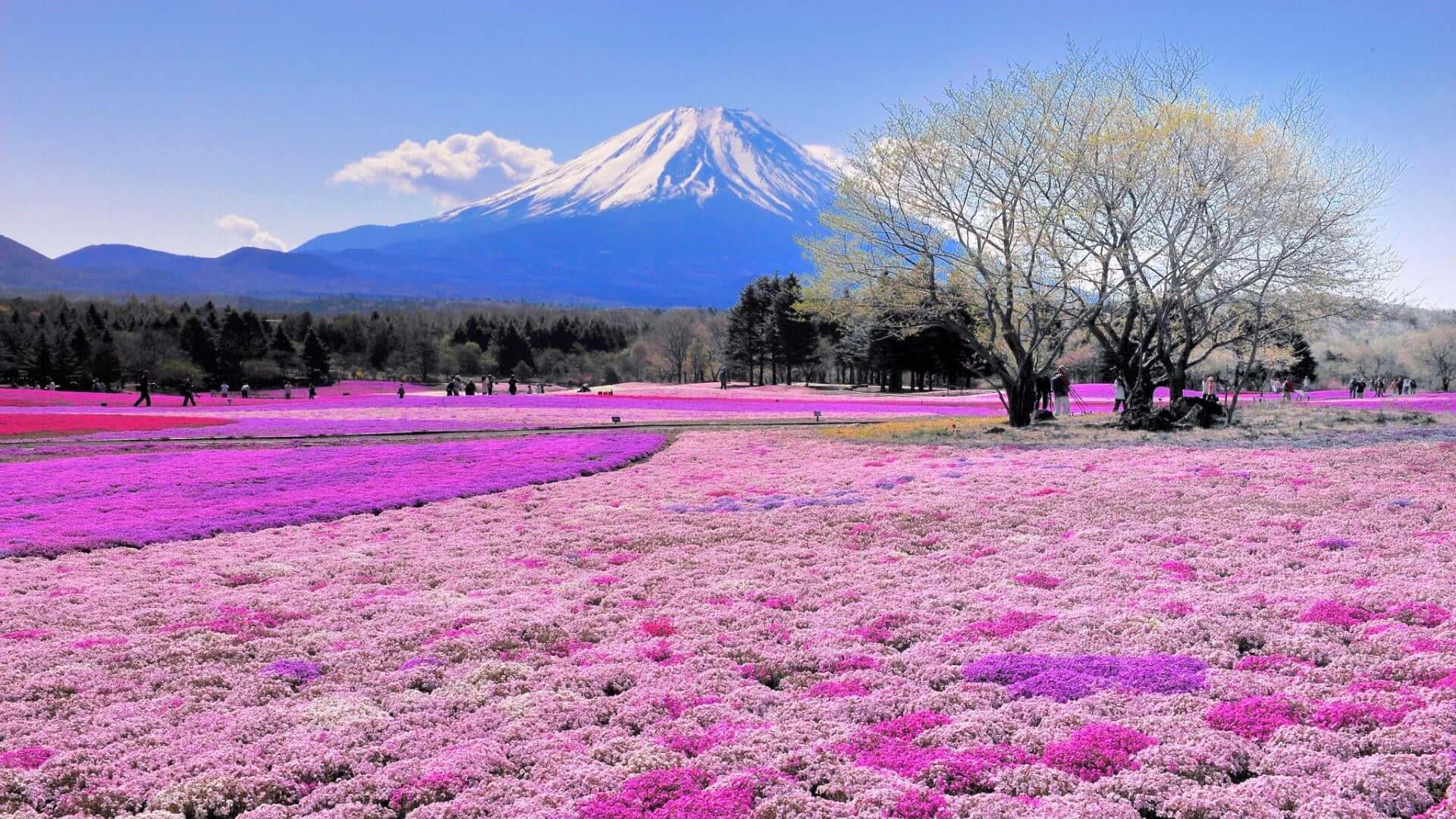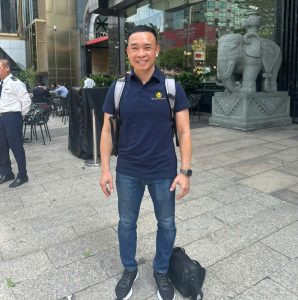Japan – Hokkaido: Island Guide
Once at the far eastern edge of Siberia, and drifting eastwards ever since, the island of Hokkaido is wildest and extreme region in Japan. It was connected to the Asian continent until 12,000 years ago, and thus has a unique flora and fauna, including brown bears, an extraordinary variety of eagles, and cranes dancing on white snow.
Frozen winters turn the south west of the island into a ski and snowboarding paradise, while superb hiking can be found in the mountain ranges of Daisetsuzan, Japan’s largest National Park. Hokkaido’s open roads are suitable for self-driving or cycling tours, whilst in the remote undeveloped wilderness at the eastern edge of Shiretoko, you can soak in a outdoor hotspring bath as the world around you freezes beneath several feet of snow.
Japan Hokkaido Travel Guide
Japanese traders started coming here in the 12th century, and eventually colonised the island, but you can still find traces of the aboriginal Ainu culture, which worshipped nature and animals, particularly around Lake Akan-ko and the Noboribetsu onsen resort.
The island’s landscape is diverse – the vast south eastern plains can feel like the wild west, and indeed it has an outlaw history, with emperors stashing their enemies in bleak prisons like Abashiri on the island’s cold north eastern shore. In contrast, the sheltered centre can be a charming patchwork of lavender and wheat fields – on cool summer days, the flower fields of Furano and horses grazing on grassy slopes are reminiscent of rural England.
Some of the freshest and finest seafood in the world served in Hokkaido – one extreme dining experience involves choosing a live squid to be sliced into sashimi. The fresh locally caught salmon is excellent, and there are unexpected and delicious delights, such as giant crab from an open streetside barbecue during the island’s spectacular mid-winter ice festivals, grilled lamb steaks in the Sapporo beer brewery, and the subtle flavours of soba noodle broths, made from buckwheat grown on Hokkaido.
Ice sculptors come from around the world for mid-winter festivals in the main city Sapporo (host for 1972 Winter Olympics), with an estimated 2 million visitors each year. The festivals are emerging as a rival to China’s Harbin, and are the best time to try that giant crab. It won’t be long before Hokkaido becomes a well known holiday destination – a bullet train connection from Tokyo to the island being installed, the first stop being the historic city of Hakodate, once the most important port in northern Japan.
Niseko is the country’s most famous ski resort, known for its light powder snow and as a foreigner-friendly destination. A short train ride from Sapporo takes you to the old port of Otaru, which grew on trade and fishing and still fantastic for seafood here, and walks along the historic canal, spectacularly lit up with snow statues during the festival in February.
Speak to someone who's been there



